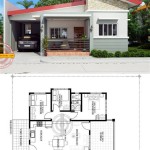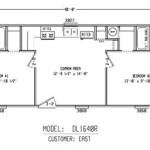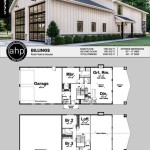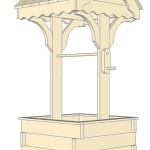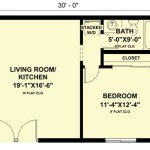Small Log Cabin Designs: Plans for Cozy and Functional Living
Log cabins have long held a romantic appeal, evoking images of rustic charm, cozy fireplaces, and a connection to nature. While the traditional log cabin might conjure up visions of sprawling wilderness retreats, the reality is that these structures can be adapted to suit a wide array of lifestyles and needs. In recent years, small log cabin designs have gained popularity, offering a blend of practicality and aesthetic appeal for those seeking a more intimate and efficient living space.
The allure of small log cabins lies in their ability to provide a sense of sanctuary and connection to nature, while remaining manageable and affordable. These structures can be perfect for a variety of uses, including weekend getaways, permanent residences, guest houses, and even home offices. Whether you envision a cabin tucked away in the woods or nestled on a city lot, the possibilities are endless.
Key Considerations for Small Log Cabin Designs
When planning a small log cabin, careful consideration must be given to maximizing space and functionality. The design must create a comfortable and efficient living environment within a smaller footprint. Here are some key considerations:
1. Layout and Functionality
Creating a functional layout is essential for maximizing the usability of a small cabin. Open floor plans can help create a sense of spaciousness, while strategic placement of furniture and appliances can optimize flow and functionality. Combining living areas, such as the kitchen and dining room, can save space and promote a sense of togetherness.
It's important to consider the intended use of the cabin and design accordingly. For example, a cabin used primarily for weekend getaways might prioritize a spacious living area and sleeping loft, while a permanent residence would require additional space for a dedicated bedroom, bathroom, and kitchen.
2. Energy Efficiency and Sustainability
Small log cabins offer inherent advantages in energy efficiency, particularly in colder climates. The thick walls and insulation properties of log construction help to regulate temperature, reducing the need for excessive heating or cooling. However, incorporating sustainable design elements can further enhance energy performance and reduce the environmental impact of the cabin.
This can include using energy-efficient appliances, maximizing natural light, installing solar panels, and employing rainwater harvesting systems. Incorporating these features will not only reduce utility costs but also contribute to a more responsible and sustainable lifestyle.
3. Aesthetics and Style
Log cabins naturally possess a rustic charm, but there are numerous ways to personalize the aesthetic to match your preferences. The choice of log type, finish, and roof design can significantly influence the overall style of the cabin.
Consider adding modern touches, such as metal accents, contemporary furniture, or large windows to create a more contemporary look, while retaining the inherent warmth and character of the wood. Adding unique details, such as a wrap-around porch or a stone fireplace, can further enhance the aesthetic appeal and create a welcoming atmosphere.

6 Really Cozy Little Log Cabin Floor Plans

Tiny Log Cabin Kits Easy Diy Project

Small Log Homes Kits Southland

Tiny Log Cabin Kits Easy Diy Project

11 Free Small Cabin Plans With Printable Log Connection

Tiny Houses Living Large Southland Log Homes

13 Best Small Cabin Plans With Cost To Build

Bluebird 10x12 Log Cabin Meadowlark Homes

Lodge Log And Timber Floor Plans For Homes Lodges Cabins Bear Lake

Small Cabin Home Plan With Open Living Floor

